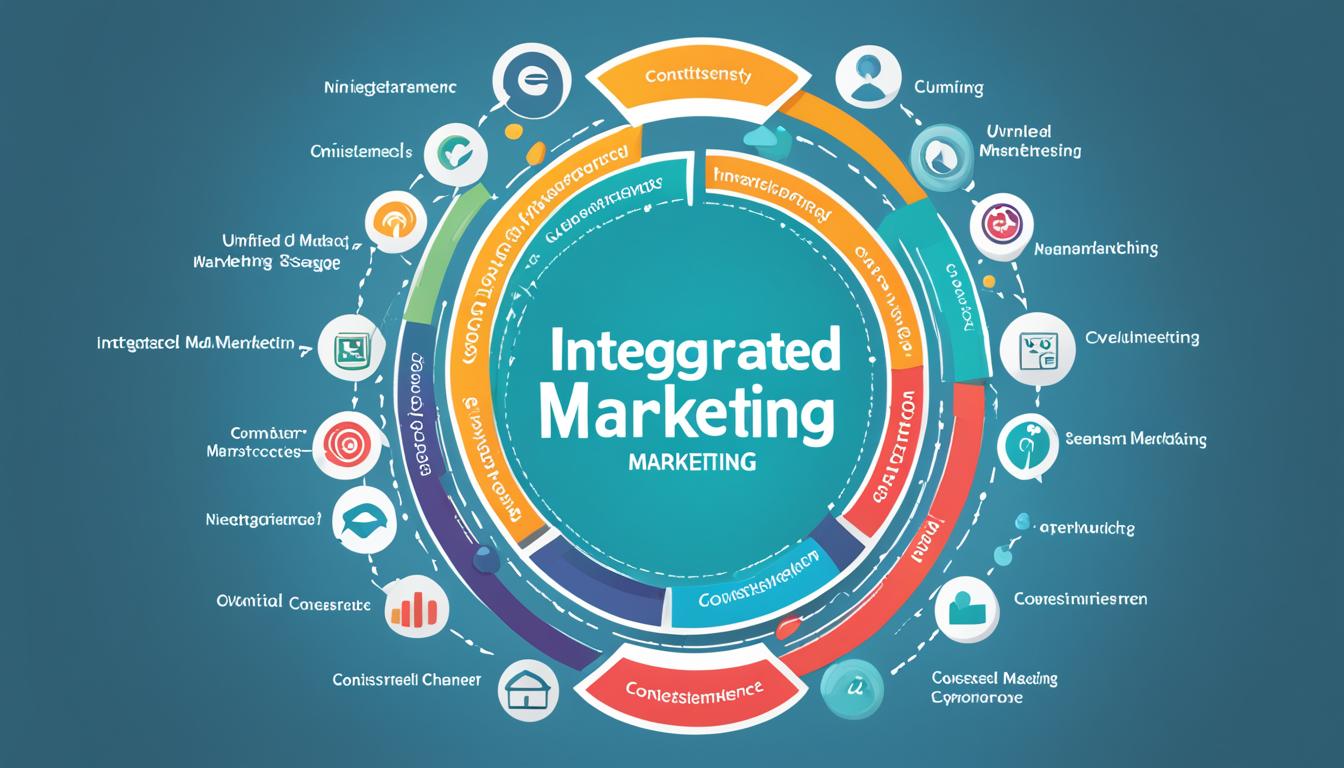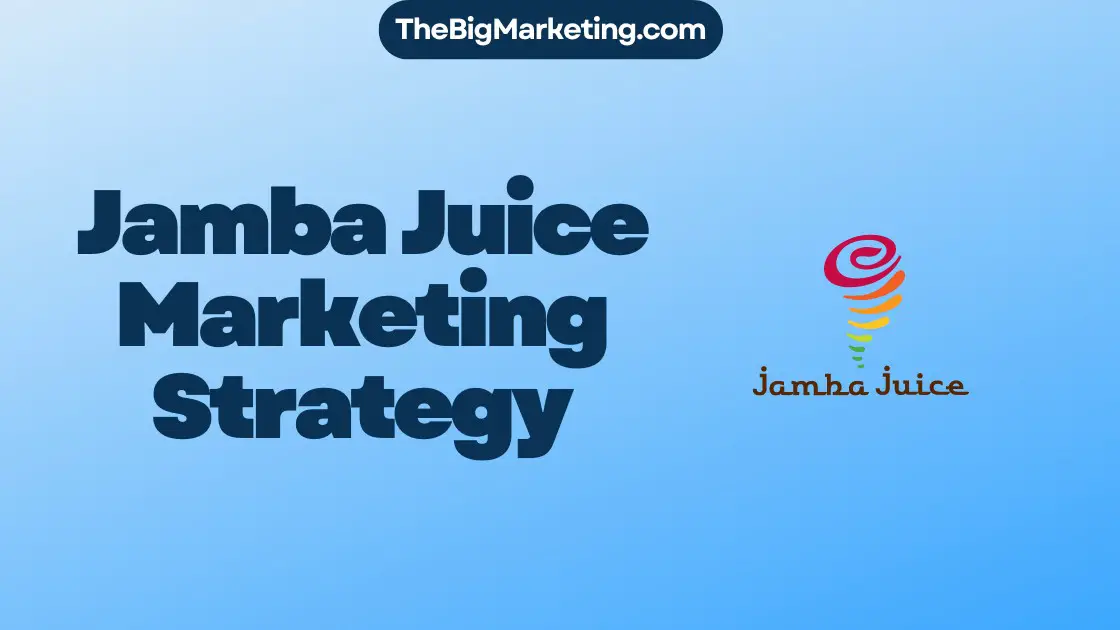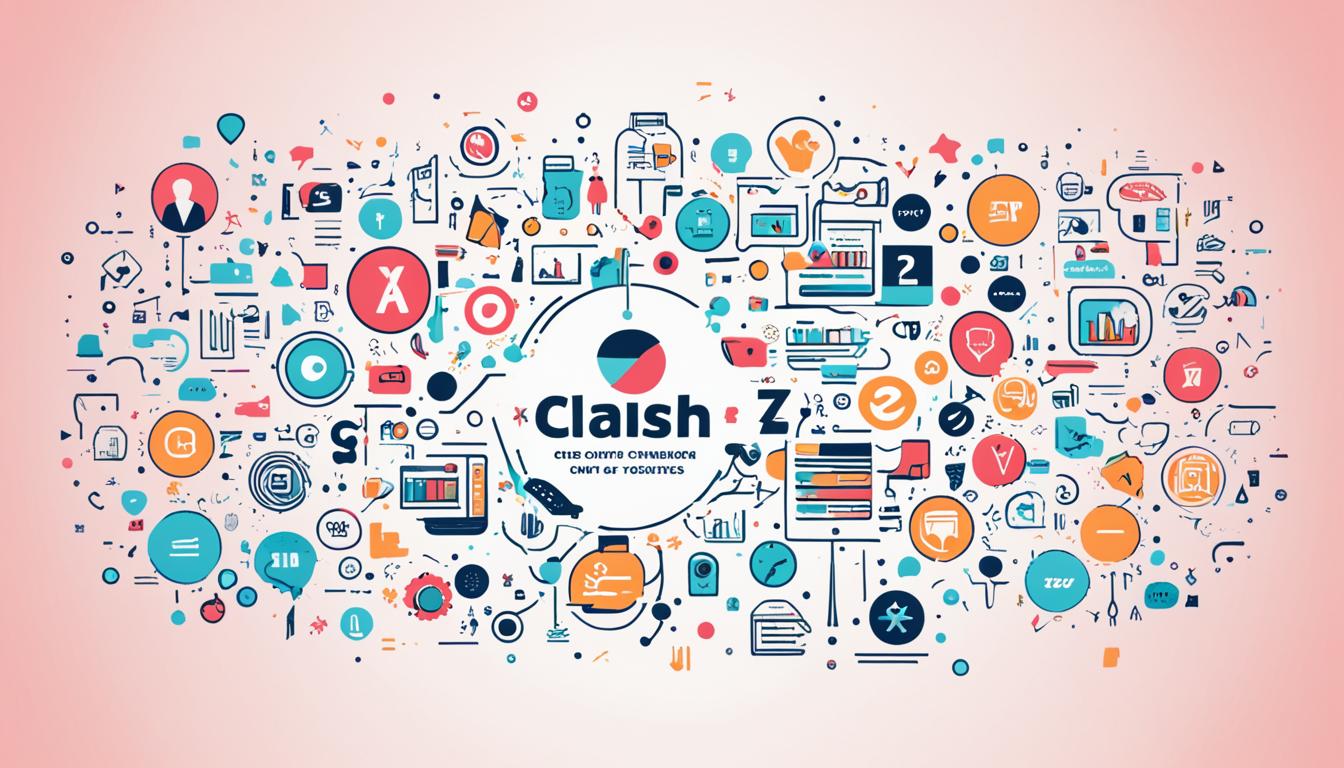Partner marketing is a go-to-market strategy in B2B SaaS where two companies collaborate to increase their chances of reaching and converting ideal customers. By leveraging the strengths and resources of both parties, partner marketing enables companies to expand their reach, close deals faster, and scale their go-to-market efforts even in economically tough times.
According to Neha Verma, an independent partner marketing consultant, close collaboration in partner marketing strengthens a company’s relationships with its partners and helps in building trust and focus. This collaboration allows companies to nurture deeper connections, align their strategies, and work towards shared objectives.
Neha has seen first-hand the effectiveness of partner marketing in driving results. Post-demand generation campaigns, small to mid-sized partners have experienced a 20-30% increase in deal registrations. Furthermore, proper partner enablement and activation have led to a 50%+ increase in deal registrations quarter over quarter.
Referral partners play a significant role in generating revenue. In fact, they can contribute upwards of 20% of annual revenue, and for enterprise companies, this number could be even higher. In 2019, Microsoft generated over $32 billion in partner-sourced revenue, highlighting the substantial impact that referral partners can have on a company’s bottom line.
To fully capitalize on the potential of partner marketing, companies should allocate a significant budget, especially when the better-together story resonates with prospects. As Kerry Desberg, Fractional CMO of PartnerOptimizer, emphasizes, investing in partner marketing can be a strategic move that yields substantial returns.
Key Takeaways:
- Partner marketing is a go-to-market strategy to increase customer reach and conversions.
- Close collaboration in partner marketing strengthens relationships and builds trust.
- Partner marketing helps close deals faster, retain customers, and scale go-to-market efforts.
- Proper partner enablement leads to an increase in deal registrations quarter over quarter.
- Referral partners can contribute a significant portion of annual revenue.
The Importance of Partner Marketing
In today’s competitive business landscape, companies are constantly seeking new and innovative ways to expand their reach and drive growth. One effective strategy that has proven successful is channel partner marketing. By partnering with other businesses, companies can tap into new markets, acquire high-quality leads, and increase their sales.
Effective channel partner marketing can demonstrate the value of the strategy and generate high-quality leads, resulting in increased sales. Lead generation is essential as it helps drive traffic from high-quality prospects, leading to high-value clients. Moreover, by leveraging the connections and network of their partners, companies can extend their brand awareness and reach a larger audience.
Brand awareness plays a crucial role in the success of any business, serving as the foundation for growth and expansion. By partnering with channel partners, companies can quickly establish brand recognition and credibility in new markets, accelerating their path to profitability.
Monitoring key performance indicators (KPIs) is essential in channel partner marketing. By tracking marketing channels and engagement levels, companies can refine their strategies and ensure maximum effectiveness. Content engagement KPI helps refine brand stories and serves partner needs, while partner engagement KPIs focus on partner interaction with marketing materials, events, and training tools.
Measuring the click-through rate allows companies to gauge the effectiveness of their advertisements in generating leads. Moreover, ROI and ROAS metrics help determine the profitability of marketing campaigns, enabling companies to allocate resources effectively and make data-driven decisions.
The benefits for partners in channel partner marketing are extensive. By collaborating with companies, partners can expand their brand awareness, generate qualified leads, and leverage partner relationships to attract new customers. Additionally, to-partner marketing plays a vital role in educating partners about the value of the partnership, aiming to attract, recruit, and retain partners. Content shared in to-partner marketing includes industry information, case studies, and training sessions.
Through-partner marketing provides partners with the opportunity to market vendor products independently, with minimal involvement from the vendor. This empowers partners and allows them to tailor their marketing efforts to their target audience’s needs and preferences.
Through-channel marketing automation (TCMA) is a valuable tool that supports through-partner marketing efforts. TCMA automates content syndication, webinars, video personalization, MDF management, co-branding, and email marketing. By streamlining these processes, TCMA improves efficiency and effectiveness in partner marketing, benefiting both the vendor and its partners.
To conclude, partner marketing is of utmost importance in today’s business landscape. By leveraging the power of partnerships, companies can reach a larger audience, increase sales, and establish brand recognition. Furthermore, by tracking KPIs and utilizing marketing automation tools, companies can optimize their channel partner marketing strategies and achieve sustainable growth.
Developing a Better-Together Story
A key aspect of a successful channel partner marketing strategy is developing a compelling better-together story. This story highlights the synergy between the products and services offered by both companies, emphasizing the unique value that customers can gain from the partnership. It is crucial to understand the rationale behind the partnership and identify joint use cases and customer testimonials that demonstrate the benefits.
By crafting a strong better-together story, companies can align their messaging and create engaging marketing activities. These activities may include co-led webinars, joint content creation, and shared marketing events, among others. A well-defined better-together story builds trust and credibility with customers, enhancing the overall effectiveness of the channel partner marketing strategy.
Regular meetings with stakeholders from both organizations are essential to maintain a collaborative relationship and create value through sustainable partnerships. These meetings provide an opportunity to align goals, discuss marketing strategies, and ensure that the better-together story remains relevant and compelling.
Designing a joint messaging kit can streamline communication about co-services across various marketing assets. This kit ensures that both companies consistently convey the value proposition and key messages to their target audiences. It helps in building a strong brand identity and avoids confusion or inconsistency in the marketing materials.
Measuring the return on investment (ROI) of channel partner marketing efforts is critical, particularly in uncertain economic times. B2B tech leaders need to assess the effectiveness of their co-marketing campaigns and fine-tune their strategies to maximize ROI. This measurement provides valuable insights into the effectiveness of the partnership and helps optimize future marketing activities.
Strategic management of the partner ecosystem is vital for businesses aiming to maintain differentiation in the market. By prioritizing and collaborating closely with key partners, companies can leverage their strengths and drive expansion. Identifying priority partners and adapting to their needs ensures a mutually beneficial relationship.
In conclusion, a well-crafted better-together story is a fundamental element of a successful channel partner marketing strategy. It showcases the unique value of the partnership and aligns messaging for effective co-marketing campaigns. Regular meetings, joint messaging kits, and ROI measurement contribute to the ongoing success of the partnership. By managing the partner ecosystem strategically, businesses can maintain their competitive edge and make the most of their investments.
Targeting the Right Partners
When it comes to channel partner marketing strategy, one key factor that determines success is targeting the right partners. While it may be enticing to collaborate with large companies that have a broad audience reach, the reality is that smaller and mid-sized companies that are dedicated to the partnership often prove to be better candidates.
These partners, although they may have a smaller customer base, are typically more willing to invest time and resources in promoting your products or services. Their commitment and dedication can lead to accelerated growth, leveraging their sales expertise for faster adoption and revenue generation.
Partnering with local distributors or resellers can extend your market coverage beyond your direct reach, tapping into new customer segments that you may not have been able to target otherwise. By collaborating with channel partners, businesses can greatly benefit from increased sales and revenue, as partners are motivated by profit incentives.
However, it’s important to choose the right channel partners. Look for those with complementary capabilities, a strong market presence, and a shared vision. This alignment will ensure that the partnership is mutually beneficial and contributes to the success of your channel partner marketing strategy.
Developing a comprehensive marketing plan is essential for channel partner success. This plan should include clearly defined objectives, target audience segmentation, impactful messaging, promotional activities, and expected outcomes. By outlining these details, you can provide your partners with the necessary tools and guidance to effectively promote your products or services.
Establishing clear communication channels and maintaining regular contact with your partners is crucial. This facilitates effective collaboration, allows for addressing any challenges promptly, and ensures that everyone is aligned and working towards common goals.
Key Considerations for Targeting the Right Partners
| Consideration | Description |
|---|---|
| Complementary Capabilities | Partner should have skills and resources that complement your offerings |
| Strong Market Presence | Partner should have an established presence and customer base in your target market |
| Shared Vision | Partner should align with your company’s values, culture, and long-term goals |
Continuous evaluation through key performance indicators (KPIs) is essential to optimize your channel partner marketing strategy. This allows you to adapt to market conditions, stay competitive, and ensure that your partnership is delivering the expected outcomes.
Setting clear and measurable goals, such as revenue growth or increased market share, is crucial for the success of your channel partner marketing strategy. These goals provide a focus for your partnership efforts and enable you to track progress over time.
Building strong relationships with your channel partners is essential for long-term success in marketing collaborations. Trust and mutual respect form the foundation for effective communication and cooperation. By leveraging your partners’ expertise, resources, and customer base, you can unlock untapped revenue potential and achieve significant sales growth.
Partner Enablement and Onboarding
Partner enablement and onboarding are essential aspects of a successful channel partner marketing strategy. By equipping partners with the necessary resources and knowledge, organizations can unlock the full potential of their partner network.
When partners are well-trained and onboarded effectively, they are more likely to achieve their set targets and expectations. Proper education on products and services can enhance their sales abilities, allowing them to effectively position and sell offerings to customers. Additionally, providing comprehensive sales and marketing training can have a significant impact on partners’ marketing and selling strategies, enabling them to position themselves as trusted advisors and drive customer acquisition.
One key component of partner enablement is training partners on how to effectively use partner tools. By familiarizing them with these tools, organizations can increase productivity and efficiency within the partner network, ensuring that partners are equipped with the necessary resources to drive success. Annual training sessions can also be beneficial to keep partners updated on product updates and resources, enabling them to stay at the forefront of industry trends and better serve their customers.
Furthermore, offering partner certifications upon the completion of training programs can enhance partners’ credibility and qualifications to sell products. This not only boosts partners’ confidence in their offerings but also instills trust in customers who value certified partners.
Partner feedback plays a critical role in the partner enablement process. By gathering feedback, organizations can identify areas for improvement and make necessary adjustments to enhance the partner program continuously. This iterative approach ensures that the program remains valuable and aligned with partners’ needs and expectations.
To streamline the delivery of partner training, organizations can utilize Learning Management Systems (LMS). An LMS simplifies the administration, documentation, tracking, and reporting of training programs, contributing to the overall success of partner enablement. Additionally, measuring Learning Key Performance Indicators (KPIs), such as course completions and monthly active learners, provides valuable insights into the effectiveness of training initiatives.
| Learning KPIs | Business KPIs |
|---|---|
| Course completions | Revenue growth |
| Monthly active learners | Improved retention |
To ensure effective learning experiences, it is crucial to incorporate a combination of content delivery methods, including text, video, audio, chat rooms, and interactive assessments. This diverse approach caters to different learning styles and enhances partner training outcomes.
In contrast to the immediate results generated by PPC campaigns, SEO efforts in partner enablement are sustainable over the long term. With consistent maintenance, organizations can establish a reliable online presence, increase brand authority, and gain organic visibility. While PPC requires a continuous budget as traffic stops once ads aren’t paid for, click quality in SEO tends to be higher as organic results are often perceived as more trustworthy and relevant.
Moreover, PPC allows for precise control over keywords, demographics, and location targeting, enabling organizations to effectively reach specific audiences. By leveraging both PPC and SEO, organizations can create a comprehensive partner marketing strategy that maximizes visibility, drives targeted traffic, and yields meaningful results.
Leveraging Channel Incentives
Channel incentives are a powerful tool in a successful Channel Partner Marketing Strategy. These incentives, such as referral programs and marketing development funds (MDF), can significantly impact partner marketing outcomes. Referral programs, for example, motivate partners to refer leads or customers, driving lead generation and sales. This boosts revenue for startups and fosters a mutually beneficial relationship with their partners.
Additionally, MDF can provide financial support to partners in executing effective marketing activities. It helps partners promote the products or services of startups, enhancing brand awareness and market reach. By allocating sufficient budget to partner marketing and strategically using channel incentives, companies can not only strengthen their partnerships but also drive more revenue and market growth.
To make the most of channel incentives, it is important for startups to align their incentives with desired business outcomes. By clearly defining goals, such as sales qualified leads (SQLs), startups can justify their investment in channel incentives and track the impact on business growth. This approach ensures that both partners and startups are working towards common objectives and fosters a productive partnership.
Case Study: Channel Incentives Drive Revenue Growth
A recent survey revealed that channel incentives played a significant role in driving business growth for startups. In fact, 67% of startups reported that channel partnerships were crucial in their success. Service providers, including managed service providers (MSPs) and value-added resellers (VARs), accounted for 54% of startups’ overall sales growth through channel partnerships.
System integrators specializing in integrating various technologies helped startups expand their reach, resulting in a 42% increase in market penetration. Distributors, on the other hand, played a vital role in simplifying the sales process and reaching a wider customer base swiftly, as acknowledged by 79% of startups.
By leveraging channel partnerships, startups reduced customer acquisition costs by an average of 25%, making their customer acquisition processes more efficient. In addition, channel partnerships led to an average conversion rate increase of 30%, indicating a more effective sales process and lead conversion strategy. Collaboration with channel partners also resulted in a 45% reduction in customer service costs, enhancing overall customer experience and satisfaction levels.
Furthermore, channel partnerships were directly linked to an 87% increase in brand recognition and credibility, establishing startups as trusted providers in their respective industries. These statistics demonstrate the significant impact of channel incentives and the value they bring to startups in terms of revenue growth, market expansion, and brand reputation.
| Channel Incentives Benefits | Percentage Increase |
|---|---|
| Website Traffic and Potential Sales Growth | 37% |
| Customer Acquisition Costs Reduction | 25% |
| Conversion Rate Increase | 30% |
| Customer Service Costs Reduction | 45% |
| Brand Recognition and Credibility | 87% |
Overall, channel incentives are a valuable component of any successful channel partner marketing strategy. They drive partner engagement, encourage lead generation and sales, and contribute to revenue growth for startups. By investing in channel incentives and developing effective programs, startups can leverage the power of their partnerships to achieve significant business outcomes. In the next section, we will explore how to maximize channel sales alignment to further enhance the success of channel partnerships.
Maximizing Channel Sales Alignment
In the realm of channel partner marketing strategy, one of the crucial factors determining success is channel sales alignment. By aligning the sales efforts and strategies of both companies, businesses can achieve optimal revenue generation and capitalize on the opportunities presented by their channel partnerships.
According to Forrester, 76% of companies believe that channel partnerships are key to achieving their revenue goals. Effective channel partner strategies not only boost revenue but also increase brand awareness and strengthen the presence in new markets or verticals. This enables businesses to expand their reach and tap into previously untapped customer segments.
Moreover, channel sales alignment plays a significant role in accelerating revenue, especially in challenging economic environments. Indirect channel sales enable businesses to combat market volatility by diversifying their revenue streams and reducing dependency on direct sales. This approach empowers companies to navigate turbulent times and seize opportunities for growth.
Advanced analytics tools, like Coro’s Partner Sonar, offer invaluable assistance in maximizing channel sales alignment. By analyzing real-time data, businesses can identify and source channel partners based on custom criteria, ensuring the best possible match. This data-driven approach leads to stronger partnerships and increased sales potential.
One impactful way to support channel partners in driving sales is through lead generation. By involving partners in open deals and relevant sales opportunities, businesses can leverage their expertise and customer relationships to generate quality leads. This collaborative approach enhances partner sales and strengthens the overall channel ecosystem.
Prioritizing time and marketing spend around partners with the highest revenue potential is vital for successful channel partner programs. By focusing resources on strategic partnerships, businesses can optimize their efforts and maximize returns. This targeted approach ensures that the most significant revenue opportunities are recognized and capitalized on.
Investing in sales training for channel partners is another crucial aspect of maximizing channel sales alignment. By providing partners with the necessary knowledge and skills, businesses can pre-identify and address potential roadblocks to effectively selling products or services. This investment in partner readiness ultimately drives sales growth and enhances the overall partner ecosystem.
Making it easy for customers to find and engage with channel partners is imperative to maximize partner sales. By promoting partner services and sharing their contact information directly on the company website, businesses can facilitate customer access to partner expertise. This seamless customer experience enhances partner sales and fosters customer loyalty.
By building an indirect sales channel, businesses can tap into new markets and expand their geographical reach. Channel partners provide increased sales coverage and customer acquisition due to their specialized knowledge and expertise in respective markets. This strategic collaboration allows businesses to leverage the resources and expertise of channel partners, reducing the need for significant investments in an in-house sales team.
Furthermore, channel partners offer invaluable market insights and feedback. Through direct interactions with customers, they gather information about preferences, buying behavior, and market trends. This feedback loop enriches businesses’ understanding of their target markets and enables them to make data-driven decisions for enhanced sales and marketing strategies.
Partnering with established channel partners can expedite market entry with reduced time and effort required to establish a direct presence and generate sales. By leveraging the market knowledge and established relationships of channel partners, businesses can access new markets and customer segments more efficiently.
Finally, the channel business model allows companies to focus on their core competencies such as product development and innovation. By delegating sales and distribution functions to channel partners, businesses can optimize their resources and efforts. This approach fosters collaboration and synergy between companies, resulting in a more streamlined and effective sales process.
The Importance of Channel Sales Alignment
Channel sales alignment is vital for companies aiming to maximize the potential of their channel partnerships. It involves aligning sales strategies, goals, and communication between the partnering companies. By fostering a cohesive and synchronized sales approach, companies can ensure a seamless customer experience, avoid conflicts, and achieve mutual success.
Collaboration tools and technologies play a significant role in facilitating channel sales alignment. These tools enable efficient communication and coordination between sales teams, ensuring that all stakeholders are on the same page. By utilizing such tools, companies can streamline their sales processes and enhance the overall effectiveness of their channel partner programs.
Harnessing the Power of Channel Analytics
Channel analytics play a crucial role in the success of a comprehensive Channel Partner Marketing Strategy. By leveraging data and insights, businesses can optimize their marketing efforts, drive better business results, and improve partner performance.
According to Forrester’s latest Marketing Survey, marketing executives and operations leaders are anticipating budget increases. This underscores the importance of aligning channel marketing activities with overall business goals to maximize the return on investment.
To effectively harness the power of channel analytics, companies need access to robust tracking and evaluation systems. These systems enable clear visibility into partner performance, giving businesses the ability to identify top-performing partners and areas for improvement.
With channel analytics, businesses can measure the effectiveness of different marketing tactics and evaluate their impact on lead generation, conversion rates, and revenue. This data-driven approach allows companies to optimize their marketing strategies and make informed decisions that drive tangible results.
However, dealing with a large volume of data from various partners can be overwhelming without proper tools and strategies in place. That’s why it’s essential to invest in analytics tools and processes that enable businesses to collect, analyze, and interpret the data effectively.
Partner reporting and analytics involve collecting and analyzing data to monitor partner activities and evaluate performance. This valuable information aids in decision-making, allowing companies to adapt their strategies and optimize their marketing efforts.
By tracking partner performance and using key performance indicators (KPIs) and metrics, businesses can evaluate partner effectiveness and identify areas for improvement. This data-driven approach helps companies align their partners with their business strategies and values, leading to a stronger, more productive partnership.
With the right analytics tools and processes, businesses can unlock the full potential of their channel partner marketing strategy. By leveraging channel analytics, companies can track the return on investment, measure the impact of marketing activities, and optimize their partner relationships for maximum results.
Embedded within this data-driven approach is the importance of developing a culture of continuous improvement, where partners are empowered with knowledge and resources through enablement training. This equips partners with the tools they need to effectively represent and sell products, further supporting the success of the overall channel marketing strategy.
The Benefits of Channel Analytics
Channel analytics provide valuable insights into the effectiveness of partner marketing efforts and the overall performance of the channel. These insights help businesses make data-driven decisions and optimize their marketing strategies. Key benefits of channel analytics include:
- Tracking the ROI of partner marketing activities
- Measuring the impact of different marketing tactics
- Identifying areas for improvement and optimization
- Evaluating partner performance and effectiveness
- Aligning partners with business strategies and values
With these benefits in mind, the importance of channel analytics becomes clear. By harnessing the power of data and insights, businesses can maximize the success of their channel partner marketing strategy and drive exceptional results.
Co-Marketing Campaigns and Partner Relationship Management
Co-marketing campaigns and partner relationship management are vital components of a successful Channel Partner Marketing Strategy. Co-marketing involves collaboration between two or more companies to expand their audience and increase brand awareness. By leveraging the partner’s reach, co-marketing campaigns are designed to deliver more leads, buzz, and awareness with less effort.
In co-marketing partnerships, two companies join forces to promote a piece of content or product and share the results of their promotional efforts. Commonly, co-marketing campaigns involve sharing downloadable content behind a lead generation form to capture contact information and nurture leads.
Creating a shared landing page for co-marketing campaigns is crucial, featuring co-branded logos and proper disclaimers to maintain a consistent and professional image. This collaborative approach allows businesses to tap into new audiences and achieve a competitive advantage.
Benefits of Co-Marketing Campaigns
Co-marketing campaigns offer various benefits, including increased efficiency, access to new audiences, and reduced risk. By pooling resources and expertise, companies can reach a wider audience while sharing the workload, making the most of their respective strengths.
Types of co-marketing content can include ebooks, blog posts, webinars, videos, and Twitter chats. These collaborative efforts aim to engage audiences while providing valuable information and establishing thought leadership.
However, despite the evident value of co-marketing campaigns, only 56% of marketers have reported seeing results from B2B partner marketing efforts in the last year. To unlock the full potential of co-marketing initiatives, businesses must embrace a strategic approach and ensure effective partner relationship management.
Partner Relationship Management
Partner relationship management involves building strong and mutually beneficial relationships with co-marketing partners. Key factors to consider when seeking partners include a similar target audience, aligned goals, and the potential for enjoyable collaboration.
When entering into co-marketing agreements, it is essential to establish clear goals, agreed-upon content, a realistic timeline, and formal partnership documentation. Task assignments should be based on each partner’s strengths, fostering a balanced and effective collaboration.
In-channel partner programs, partnerships can yield substantial benefits, including cost savings, broader audience reach, increased sales, and stronger alliances. However, challenges can arise within channel partner programs, and mitigating these challenges requires careful partner selection, effective communication of value propositions, and seamless onboarding processes.
Choosing the right partner marketing agency is crucial for success in co-marketing campaigns. Factors to consider include their ability to fill gaps in assets, measure ROI, understand your unique value, and manage complex relationships.
Leveraging Partner Relationship Management software (PRM) can streamline partner operations, including recruiting, onboarding, lead tracking, deal registration, content sharing, and communication channels. Utilizing PRM tools like Kiflo allows businesses to track various key performance indicators (KPIs), optimizing their performance and making the most of potential opportunities.
Tailoring content for specific audience segments can significantly improve conversion rates and expedite the sales process. It is essential to measure the success of co-marketing efforts through clear KPIs and regular performance reviews, allowing businesses to refine their strategies for ongoing value creation.
Effective communication plays a pivotal role in partner marketing. Authentic storytelling, compelling content, and genuine connection can transform passive observers into active participants and loyal advocates within partnerships.
Prior to engaging in partner marketing, businesses must ensure brand readiness. This involves confirming core narrative engagement, clarity in value proposition, and internal team alignment to present an attractive proposition to potential partners.
Furthermore, establishing unified messaging with joint value propositions ensures clear, compelling, and resonant partnership narratives that engage and resonate with both audiences.
Conclusion
In conclusion, channel partner marketing is a vital component of a company’s overall marketing strategy, contributing significantly to sales and revenue generation. The statistics speak for themselves, with partner marketing accounting for 15-20% of large company sales and driving more than 20% of sales for the majority of respondents. It is clear that partner marketing is a high priority for businesses, as 74% of respondents recognized its importance.
To achieve success in channel partner marketing, businesses should implement effective strategies such as personalized engagement, leveraging technology, incentive programs, partner training and development, and collaborative marketing. These strategies will help build strong relationships with partners and enable them to effectively promote the brand.
Furthermore, companies can offer various incentives to channel partners, such as discounts, special pricing, co-marketing funds, and rewards for meeting sales targets. These incentives not only motivate partners but also help in generating more qualified leads, increasing the conversion rate, and reducing costs.
To maximize the potential of channel partner marketing, businesses should leverage technology tools such as marketing automation, customer relationship management (CRM), and partner relationship management (PRM) systems. These tools provide valuable insights through channel analytics, allowing companies to evaluate and optimize their strategies based on data and metrics.
With a well-thought-out channel partner marketing strategy and the right execution, businesses can unlock their partnership sales potential, reach a wider audience, and achieve their growth objectives. Partner marketing is an investment that yields significant returns, as demonstrated by the 14-fold return on every dollar spent on affiliate and partner marketing. By embracing channel partner marketing and continuously improving it, companies can position themselves for long-term success in the competitive marketplace.







